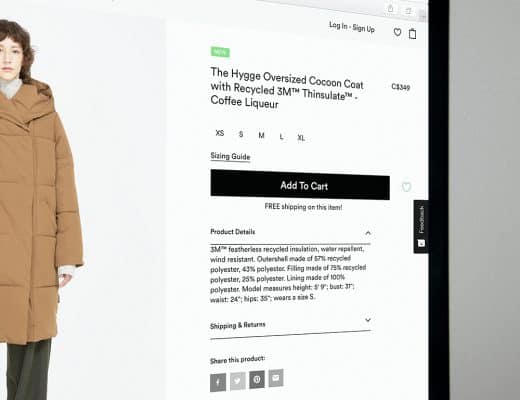The backbone of a solid B2B content marketing strategy is, well, content. The company blog tends to be the hub for this content, featuring current news, trends, insights and articles meant to showcase your expertise. But blogs can also become a repository for bad writing and poor content, which can ultimately do more harm than good.
There are some significant obstacles that make it difficult for your blog to stand out such as readers’ short attention spans. HubSpot reports that internet readers have about an 8 second attention span and that 60% of people don’t read beyond the headline.
The other major obstacle is competition. Statista reports that the number of bloggers in the U.S. alone is expected to reach 31.7 million by 2020, up from 27.4 million in 2014.


Source: Statista
The building blocks of a blog post
The perfect blog post has structure—a beginning, middle, and ending. But there are also certain elements that can help your post rise above all the clutter. The most important of these elements are the headline, followed by a featured image, a subheader, and the main body of the post.
- Headline: The best headlines should clearly summarize your topic, be relatively short (though not always), and avoid clickbait titles (e.g., phrases like “blow your mind!”) Avoid using excessive punctuation and gimmicks such as ALL CAPS. It’s up to you whether to use title case or sentence case in your headline, but whatever you choose, make sure you’re consistent with your formatting because nothing looks sloppier then visiting a blog and seeing different headline formatting for every post. While the length of a blog post title is subjective (in terms of perfection), HubSpot did some internal research which revealed that the ideal length is 60 characters and, for sharing purposes, between 8-12 words for Twitter and between 12 to 14 words for Facebook.
- Featured image: The featured image is the first image of your post which appears directly beneath the headline. This is also the image that is typically (though not always) displayed when the post is shared on social media. You should have the legal rights to edit and distribute whatever image you use – don’t just grab one from a Google image search (for example). Websites such as Pixlr, Pixabay, and Unsplash all provide gorgeous, free-to-use, photographs and other images. Here is an example of how a post from our blog appears when shared on Twitter:


- The body of your post: The meat of your blog post is the content itself, which should be well-written and as free from errors as possible. Try to avoid long blocks of text which can be difficult to read from a mobile device. Adding structure to your post using subheadings (which can also double as SEO elements) will help skimmers and people viewing the post from smaller screens. Subheadings can also help you stay organized and on-topic. Start off with an intro paragraph or two of about 100-150 words and end with a brief conclusion that neatly ties your post back to the headline/topic.
How long should a blog post be?
HubSpot recommends that blog posts should be about 2100 words, while Medium found that blog posts that take about 7 minutes to read get the most engagement.
Meanwhile, Rand Fishkin, a Search Engine Optimization guru and thought leader in the industry, says that a “perfect” post length doesn’t exist. Although, if you’re aiming to get a post at the top of Google, Fishkin recommends posts between 2350 and 2425 words (which is quite specific).
While aiming for the top of Google is a noble goal, it’s also an impossible one to achieve for every single blog post. Instead, focus on how much traffic your posts bring to your website. Posting high quality content consistently should incrementally increase traffic (and leads).
Remember, perfection is subjective, so make sure you test various lengths and formats to find what works best for you.
Other elements to consider
While the basic structure of your perfect post can help your content stand out, there are other elements to consider which can contribute to user engagement, interaction and lead generation.
First, it can be helpful to do some research when selecting blog post titles and subheadings, so you can integrate relevant keywords into your post. Understand the language people are using to search for information and model this in your post’s headline, subheadings and throughout the post.
Conversational or “natural language” search queries are on the rise thanks, in part, to the ubiquity of voice search on mobile devices and smart speakers. Queries that begin with “can I” have grown by 85% in the past 3 years and mobile searches for “do I need” have grown over 65%.
Integrating video and images into your blog post is shown to improve engagement and sharing. Blog articles that contain images get 94% more views than those without. Images that contain people in them help with engagement since users spend 10% more time looking at images of people versus reading biographical content. Video can also increase engagement and help generate traffic since blog posts that incorporate video attract up to three times more inbound links than those without.
The perfect blog post is elusive
Remember, every blog post counts, so only publish your most polished work even if you think no one’s looking (or reading). Understanding current trends, statistics and best practices will ensure that you write a better blog post, even if it falls slightly short of perfection.
sought-after expert on the topic of practical content strategy and applying real-world marketing to the art of B2B storytelling and digital marketing.







